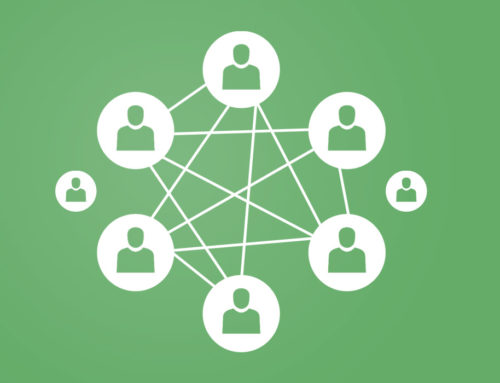Conceptual Framework
Conceptual frameworks represent the sum total of cognitive structures through which we interpret our environment
A conceptual framework may be defined as a network or a plan of interrelated concepts that together provide a comprehensive understanding to some phenomena or domain of interest.1 In the general sense conceptual frameworks form a group of concepts that are broadly defined and systematically organized to provide a focus and a tool for the integration and interpretation of information. A conceptual framework forms the conceptual or schematic structure to a theory.2 As such it may be understood as the fundamental design pattern to a theory or worldview. In the general sense conceptual systems can be understood as analogous to ontologies or schemata in that in their basic structure, they consist of a set of concepts and relationships between those concepts through which information can be structured and interpreted.
Concepts
A concept may be understood as an abstract representation of some phenomena.3 On a cognitive level, concepts are understood as a specific well-structured pattern of organization that forms a coherent whole which defines the idea as distinct from other patterns and categories. The German philosopher Kant wrote about the formation of concepts as such: “in order to make our mental images into concepts, one must thus be able to compare, reflect, and abstract, for these three logical operations of the understanding are essential and general conditions of generating any concept whatever. For example, I see a fir, a willow, and a linden. In firstly comparing these objects, I notice that they are different from one another in respect of trunk, branches, leaves, and the like; further, however, I reflect only on what they have in common, the trunk, the branches, the leaves themselves, and abstract from their size, shape, and so forth; thus I gain a concept of a tree.”
In a physicalist theory of mind, a concept is a mental representation, which the brain uses to denote a class of things in the world. That is to say that it is literally, a symbol or group of symbols together made from the physical material of the brain.4 On the most practical level, concepts are mental representations that allow us to draw appropriate inferences about the type of entities we encounter in our everyday lives.5
Interrelated Parts
A conceptual framework is not merely a collection of concepts but, rather, a construct in which each concept plays an integral role. According to Miles and Huberman (1994), a conceptual framework “lays out the key factors, constructs, or variables, and presumes relationships among them”. In the development of a conceptual framework, the task is to create a diagram of the topics that includes clearly defined constructs or variables, along with the relationships of those constructs and key factors that influence the constructs and the relationships.6 A set of concepts and relations between those concepts form an ontology. Conceptual frameworks possess ontologies.7
Schema

Schemata form mental models that allow us to quickly take in and categorize information based on previous experience
A conceptual framework when looked at through the lens of cognitive science and psychology forms what is called a schema. In its most general sense, the word schema means a representation of a plan or theory in the form of an outline or model.8 In cognitive science and psychology a schema describes an organized pattern of thought or behavior that structures categories of information and the relationships among them.9 The term schema is also used in computer science to refer to the structure and relations between information and data within an information system.
A schema is a mental conceptual structure that informs a person about what to expect from a variety of experiences and situations. Schemata are developed based on information provided by life experiences and are then stored in memory for future usage. Our mind create and uses schemata as a shortcut to make future encounters with similar situations easier to navigate.10 A schema helps people organize and make sense of information. For example, one may have developed a conceptual framework or schema that all French people are good at cooking. Because of this schema, one organizes one’s future perception around it and will more readily look for information that supports this view while discarding information that disagrees with it.11
Paradigm
Within the broader scientific community, a conceptual system may be compared to a paradigm. A paradigm is a framework containing all of the basic assumptions, ways of thinking, and methodology that are commonly accepted by members of a scientific community.12 In science and philosophy, a paradigm forms a distinct set of concepts or thought patterns, including theories, research methods, postulates, and standards for what constitutes legitimate contributions to a field.13
Lexicon
Thomas Kuhn put forward the idea of lexicon and taxonomy within a scientific community as their accepted conceptual framework. A particular scientific community uses its lexicon to describe and explain the world in terms of the taxonomy. Moreover, members of a community or of different communities must share the same lexicon if they are to communicate fully with one another. Added to this, claimed Kuhn, if a full translation is to be achieved the two languages must share a similar structure concerning their respective lexicons. Irreconcilable paradigms represent lexicons that have different taxonomic structures by which the world is organized and communicated.14




